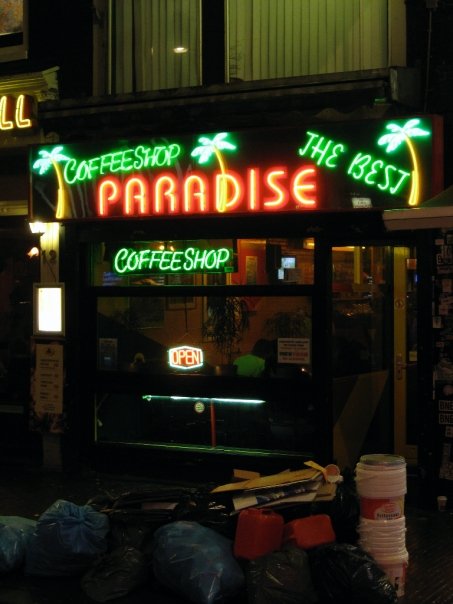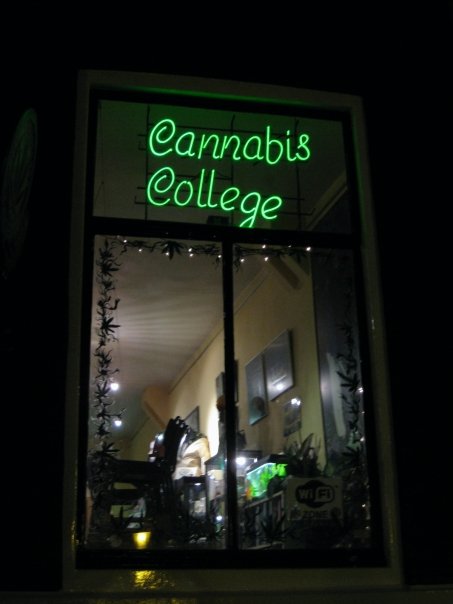Celebrating Queen’s Day in the Netherlands
Tuesday is Queens Day (koninginnedag), one of the Netherlands’ most important national holidays. People will flood the streets of every city in the country, dressed in orange, all in celebration of the Queen’s Mother.
The celebrations will actually begin on the night of the 29th—with public concerts and street parties. In many cases, especially in Amsterdam, these parties will last until the sun rises and the real Queen’s Day festivities begin! After all, nobody has to work today (other than those who choose to hawk their wares—more on this later—and schools are all closed).
We have gathered a few bits of knowledge to help you blend in with your Dutch neighbors on this exciting day.
8 Tidbits for Understanding Queen’s Day
- See all of those people selling things? That’s because Queen’s Day is the only day of the year that vendors without licenses can sell products on the street.
- That song you keep hearing? It is called “Het Wilhelmus”, and it is a poem that was written in 1574 about the life of William of Orange and his fight for the Dutch people, in a first-person narrative as though he is introducing himself to the people. Radios are playing it, people are singing it…and you should be too.
- Those people everyone is waving at? That’s the royal family…you should wave too.
- You may not be able to count on the store you want being open, but public transportation will be. Use it. Around large gatherings though, routes may be altered, so make sure you check ahead of time.
- Don’t worry too much about crime, but watch your pockets and don’t cringe too bad if you see someone peeing in public.
- Why is everyone wearing orange? Because the royal family is named “House of Orange Nassau.” In honor of them, you should wear orange too.
- And what are they drinking? That’s most likely oranje bitter, a strong alcoholic drink made by soaking the peel of bitter oranges in gin. You’ll probably see plenty of orange cakes and other orange foods as well.
- Why is the celebration today? Good question, and kind of a convoluted one. In case you want to impress your non-Dutch friends, see this link for the story.
.jpg)



